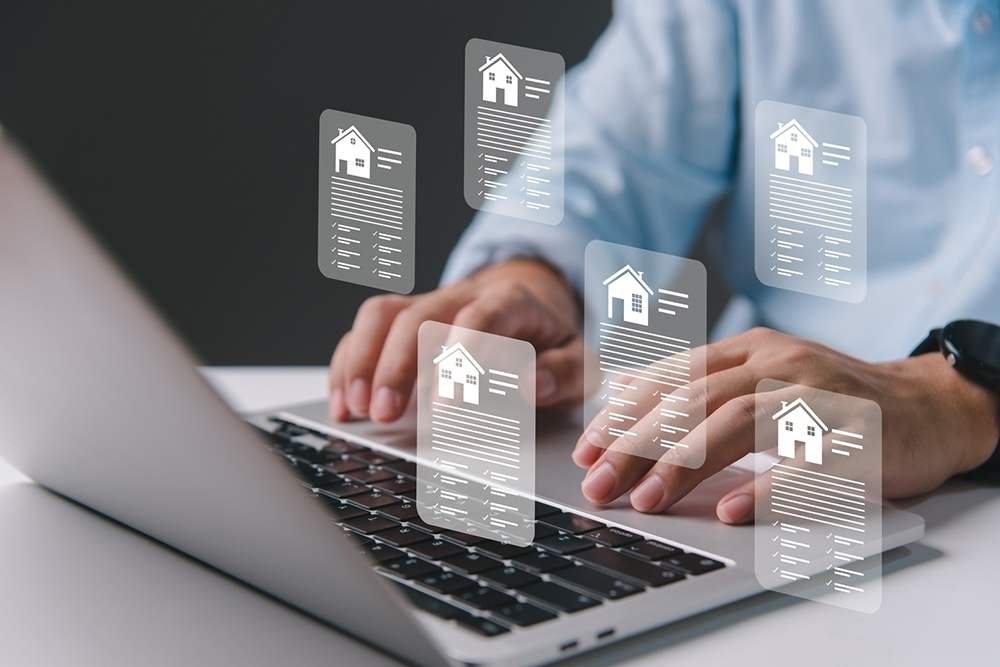7 Factors That Affect the Rent Prices of Empty Apartments

Renting an apartment is often a financially sound decision, given that property rates are constantly rising. Fortunately, there is no dearth of apartment listings online, which makes it fairly easy to find an empty apartment for rent that meets one’s expectations. That being said, it is important to note that the rent prices of empty apartments depend on several factors. Knowing about these can help determine if a rental apartment is worth the price.
1. Location
Location is arguably the most important among all the factors that influence the rental price of an empty apartment. A few aspects of an apartment’s “location” can affect its rent amount. One of these is the property’s neighborhood. For example, if an apartment is in a quieter and safer neighborhood, its rent prices will tend to be higher than those in a neighborhood with a negative reputation. Another aspect that can affect the rent price of an empty apartment is its accessibility to different facilities and prime locations around a particular area. So, if the apartment is closer to basic but important facilities like shopping centers, schools, and hospitals, its rent will be higher. Furthermore, empty apartments located in busier areas of a city will have a higher rent.
In addition to these factors, the property’s geographical location can significantly impact rent expenses. For instance, the rent prices of apartments in the Western and Eastern Coast states are significantly higher than in the Southwest and Midwest States. For example, a 700-square-foot apartment on the East Coast has an average rent of around $2,500 per month, while the average rent for a same-sized apartment in the Midwest is around $1,200/month.
2. Size of the apartments
After the location and vicinity of the property, the size of an empty apartment significantly influences its rent prices. For instance, a 700-square-foot apartment will have less rent than a 1000-square-foot apartment. However, as previously stated, the apartment’s location could still have a bigger impact on its price.
The number of bedrooms in an apartment also influences its rent amount. The more bedrooms an apartment has, the higher its rent will be since more bedrooms will mean more tenants can occupy the property.
Currently, the average rent for a two-bedroom apartment, which would be approximately 1000 square feet, is estimated to be around $1,800/month. At the same time, the average price of a one-bedroom apartment (around 700 square feet) is estimated to be around $1,500/month. That said, it is important to note that these amounts are national averages.
3. Age and condition of the property
The condition of the building and the apartment itself will significantly impact the rent amount. As long as the property is in good structural and aesthetic condition, it can attract more rent. However, empty apartments that need a lot of repairs and maintenance will have lower rent prices. This is because if a tenant decides to rent the apartment anyway, they will have to carry out the necessary repairs and bear the costs. In the same vein, the age of the apartment can also influence its rental price because older apartments typically require more repairs and fixes.
4. Market conditions
Some factors influence the rent price of an empty apartment in the short term rather than in the long term. Market conditions and the overall economic health of the area where an apartment is located will directly influence its rent. The rule of supply and demand also applies to apartments for rent. This means if there are a lot of empty apartments available for rent within a specific location but not many people are looking to rent them, the average rent price of the empty apartments in that area can drop a little. Likewise, the average rent price can increase if the demand for empty rental apartments grows, but not as many properties are available.
5. Seasonal conditions
This is another factor that can significantly influence short-term rent prices of vacant apartments. For instance, during the warmer months, more people tend to move or change apartments. Moreover, the school term also changes after summer, which gives families more time to shift to new apartments. This eventually leads to an increase in demand, which in turn increases the average rent price of the apartments.
6. Amenities
The buildings and apartments with basic amenities like dishwashers and washing machines can have higher rent prices. This is because tenants have more convenience. However, along with basic amenities, if the building offers some premium amenities, such as a swimming pool and fitness center, its empty apartments would have higher rent prices.
7. Pet ownership rules
Some buildings and properties do not allow pet parents to rent an apartment because of their rules and policies. Conversely, apartments that allow tenants to keep pets tend to have higher rent prices. Additionally, some properties and landlords impose higher rent rates on tenants who own pets or require them to pay an upfront fee to allow their pets. The monthly “pet rent” tenants may be required to pay for the apartment is typically between $10 and $50.

